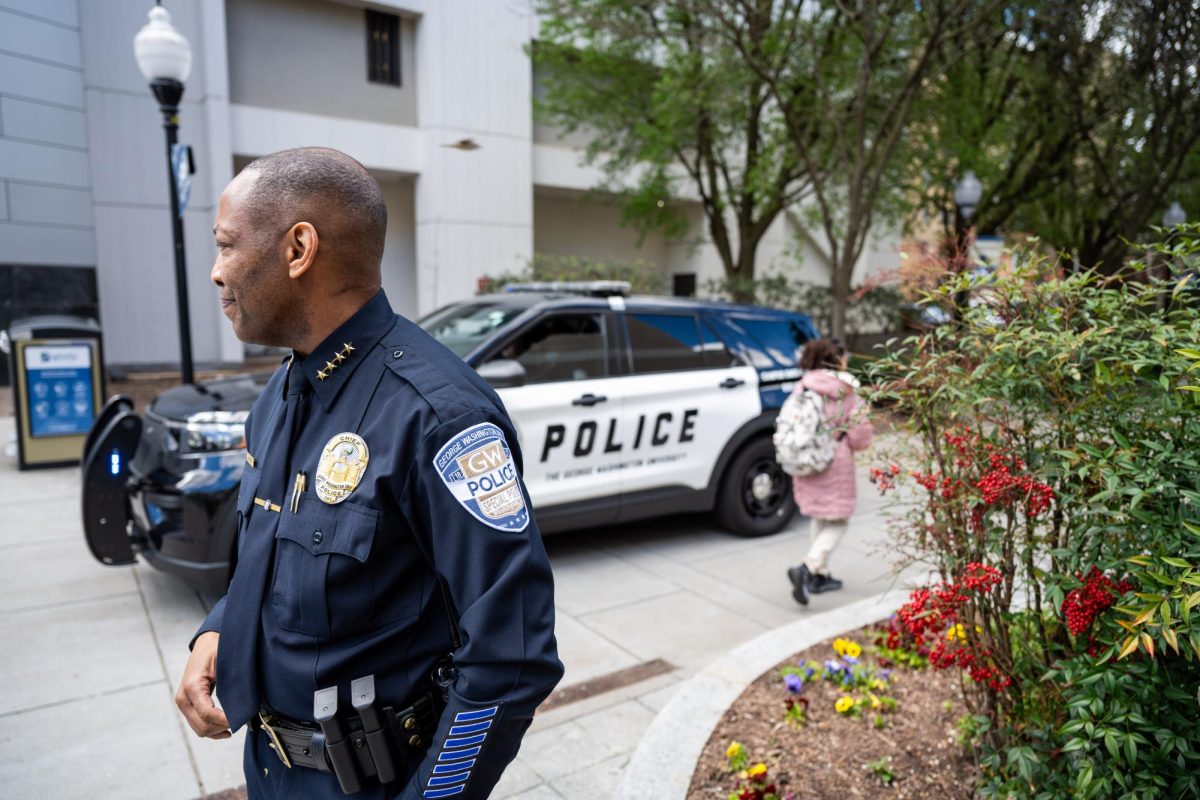This post was written by Hatchet reporter McKinley Kant.
Graduate students will pay as much as 10.5 percent more in tuition dollars next year as programs across the University raise rates to fund salaries and aid.
The increases are set to bring in an additional $10 million in revenue, of which several million will support graduate aid, which is most merit-based, administrators said this month. The overall hikes were approved by the Board of Trustees in February, but specific programs set individual rates throughout the semester.

While administrators insist the University has maintained historically low graduate tuition rates, many of GW’s tuition hikes approved this year top the national average increase of about 4 percent the last two years.
Senior Vice Provost for Academic Affairs Planning Forrest Maltzman said the increases will allow GW to funnel more tuition dollars into aid, helping recruit better graduate students. Unlike undergraduates, graduate students do not have a fixed-tuition plan.
“I would hope that having a healthy amount of graduate aid is important to bring in the best students,” said Maltzman. “In most instances, GW’s graduate tuition tends to be lower than its peers and is significantly lower than our undergraduate tuition. Over time, the University is interested in closing these gaps and investing much of this in aid and in our academic programs.”
The steepest increases will hit off-campus programs like the Arlington-based graduate statistics program, which is made up almost entirely or Chinese students. That tuition jumped 10.5 percent to $1,400 per credit – or to nearly $34,000 for the 24-credit master’s degree.
Master’s students in the Elliott School of International Affairs will owe $29,620 for next academic year after a 7.5 percent tuition increase. But the Elliott School remains the cheaper option for a master’s degree in international affairs compared to Georgetown and Johns Hopkins, which cost almost $15,000 and $11,000 less per year, respectively.
The GW Law School will see tuition rise 3.9 percent, which will keep tuition about $6,000 cheaper than Northwestern University’s legal program, though GW remains one of the most expensive law schools in the country.
The School of Medicine and Health Science’s 3.5 percent tuition bump makes the University slightly more expensive than Northwestern University’s medical school. The college has been one of most expensive to not break into U.S. News & World Report’s top-50 for research.
The School of Nursing, which saw a 10 percent increase last year, will raise tuition for graduate programs by 6.9 percent.
Maltzman said the University increased aid packages for graduate students so most would not have to pay more because of the tuition hikes. GW School of Business graduate students called out the college last year for failing to warn them about increases.
“We are sensitive to the price increases,” Maltzman said, “and one of the things we did do is look at everyone who had aid and we adjusted aid packages to make sure the awards they had enough to cover the new tuition.”
The tuition increases will also fund salaries and rapidly increasing health benefits, University spokeswoman Jill Sankey said.




